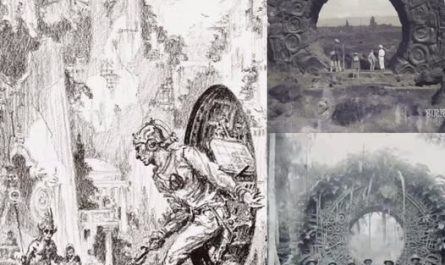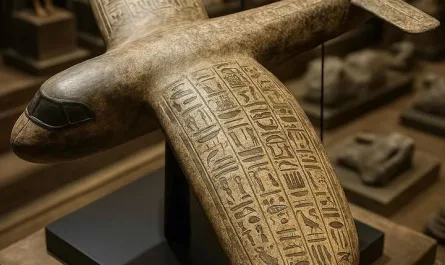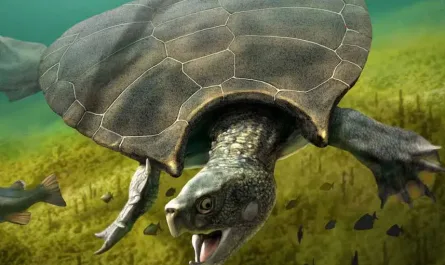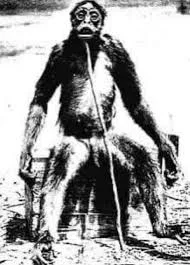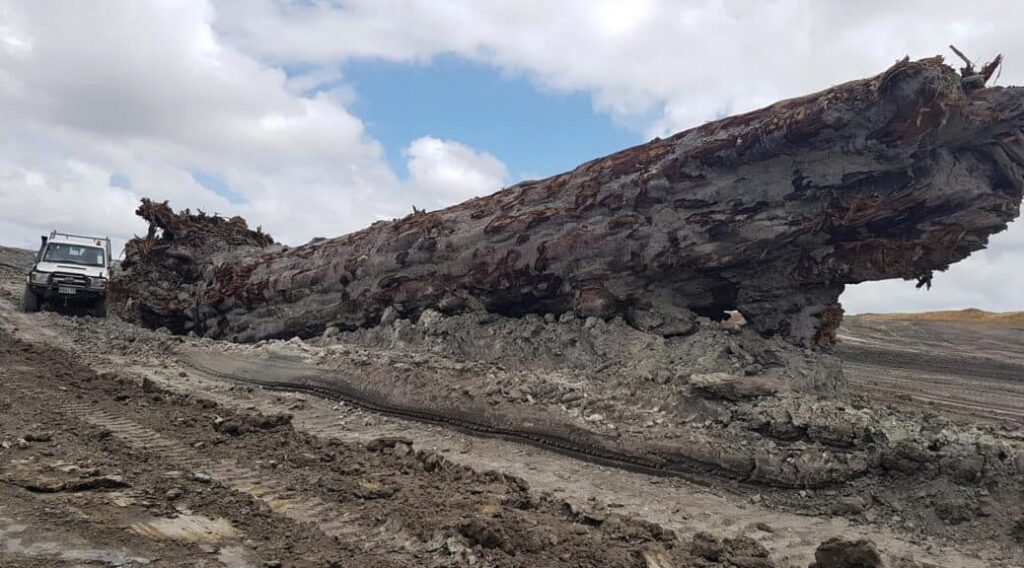The Whittaker Family of Odd, West Virginia: A Story of Isolation, Inbreeding, and Resilience
Deep in the hills of West Virginia, in a town literally called Odd, lives the Whittaker family—a clan whose story has captivated the world with its raw portrayal of extreme poverty, isolation, and the consequences of generations of intermarriage. For decades, the Whittakers have called a dilapidated house with no electricity, no running water, and minimal contact with the outside world their home. Their existence came to public attention in 2020 through the work of filmmaker Mark Laita, whose documentary Inbred Family – The Whittakers on his YouTube channel Soft White Underbelly drew millions of views. What Laita captured was both shocking and heartbreaking: a family marked by genetic abnormalities, limited verbal communication, and a life cut off from modern society. Yet, beneath the sensationalism lies a tale of survival, community protection, and human endurance. As of November 16, 2025, the Whittakers remain a poignant reminder that some communities persist on society’s fringes, invisible to most, yet profoundly real.

Origins and Isolation in Odd
The Whittaker family resides in Odd, a tiny unincorporated community in Raleigh County, West Virginia, with fewer than 800 residents. The town’s name, chosen simply for its uniqueness, belies the profound isolation of its inhabitants. The Whittakers, a multigenerational clan, trace their roots to the early 1900s, when inbreeding began among the offspring of identical twin brothers Henry and John Whittaker. This practice, not uncommon in remote Appalachian areas due to limited social mobility, led to successive generations of intermarriage, resulting in severe genetic defects among many descendants.
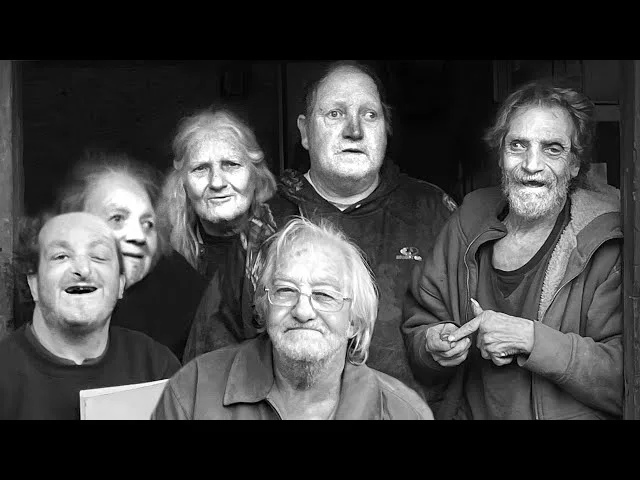
The family lives in a rundown shack without basic amenities, relying on neighbors for food and occasional aid. Their home is a maze of clutter, with dogs roaming freely and family members sharing cramped spaces. Communication is often limited to grunts, barks, and gestures; verbal members like matriarch Betty speak in fragmented sentences. Laita, who first encountered them in 2004 while photographing Appalachia’s poor, described the scene as reminiscent of the film Deliverance, with family members scattering at his approach and one even brandishing a gun.
Mark Laita’s Documentation: Controversy and Compassion
Photographer and filmmaker Mark Laita, through his Soft White Underbelly series, brought the Whittakers to global attention. His 2020 documentary, filmed with a police escort after initial reluctance from protective neighbors, revealed the family’s daily struggles. Videos like “Christmas season with the Whittakers,” “The Whittaker family cemetery,” and “The Whittakers go to the state fair” have garnered millions of views, sparking a GoFundMe that raised $46,433 by 2022 for home improvements. Laita, who has visited multiple times, built trust by photographing a deceased relative for their casket.
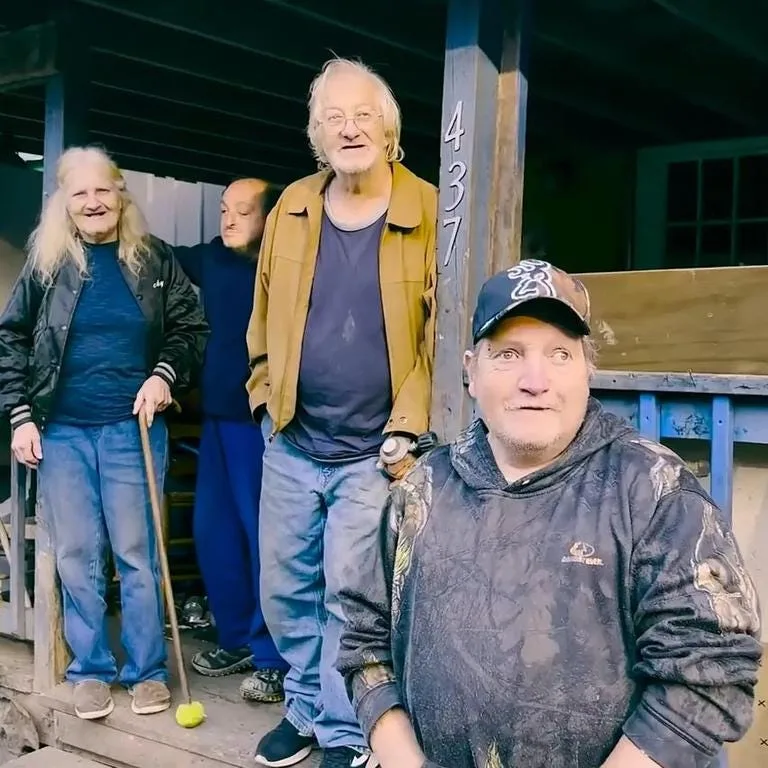
However, his work has faced backlash for exploitation. In 2024, filmmaker Tyler Oliveira visited and interviewed family members, alleging Laita misled them about a new home fund. Betty Whittaker expressed confusion: “What house? We haven’t heard from Mark about the house.” Laita responded, denying a TV series and stating he might stop filming, citing an exclusive contract and community protection. Critics argue the portrayal reinforces stereotypes of Appalachian poverty, while supporters praise Laita for humanizing the marginalized.
Genetic and Social Realities
The Whittakers’ inbreeding, stemming from the twins’ children marrying, has caused physical and cognitive impairments: some members have facial deformities, intellectual disabilities, and limited speech. West Virginia, one of America’s poorest states, sees such cases in isolated communities, though the Whittakers represent an extreme. Laita notes the difficulty in confirming exact relations, but genetic studies in Appalachia show elevated risks from consanguinity.
Socially, the family is shielded by neighbors who view outsiders as ridicule-seekers. Their lives revolve around simple routines: scavenging, caring for dogs, and rare outings. Napirai, a family member, has spoken of kindness amid hardship, countering the “Deliverance” trope.

Cultural Impact and Legacy
The Whittakers’ story has gone viral, inspiring podcasts, articles, and debates on poverty and ethics. Laita’s channel, with 2 million subscribers, uses their footage to raise awareness, though Oliveira’s 2024 video sparked accusations of profiteering. As of 2025, fundraising efforts continue, with a new home in discussion.
The family embodies Appalachia’s struggles: coal decline, opioid crisis, and rural isolation affecting 20% of West Virginians in poverty. Their resilience, like the Dahomey Amazons’ strategies, highlights human endurance.
Lessons for Today
- Ethical Storytelling: Laita’s work raises questions on consent and representation.
- Addressing Isolation: Their story calls for better rural support, akin to the Frydenbø generator’s innovation.
- Compassion Over Sensationalism: Like Samir and Muhammad’s bond, it urges empathy.
An Odd Legacy
The Whittakers of Odd, West Virginia, live in poverty and isolation, their inbreeding a tragic chapter in Appalachian history. Mark Laita’s documentaries, though controversial, shine a light on their world, reminding us of the human cost of neglect. Like the Moors’ enduring art, their story demands understanding, not judgment. A family in the shadows, they persist with quiet strength.

